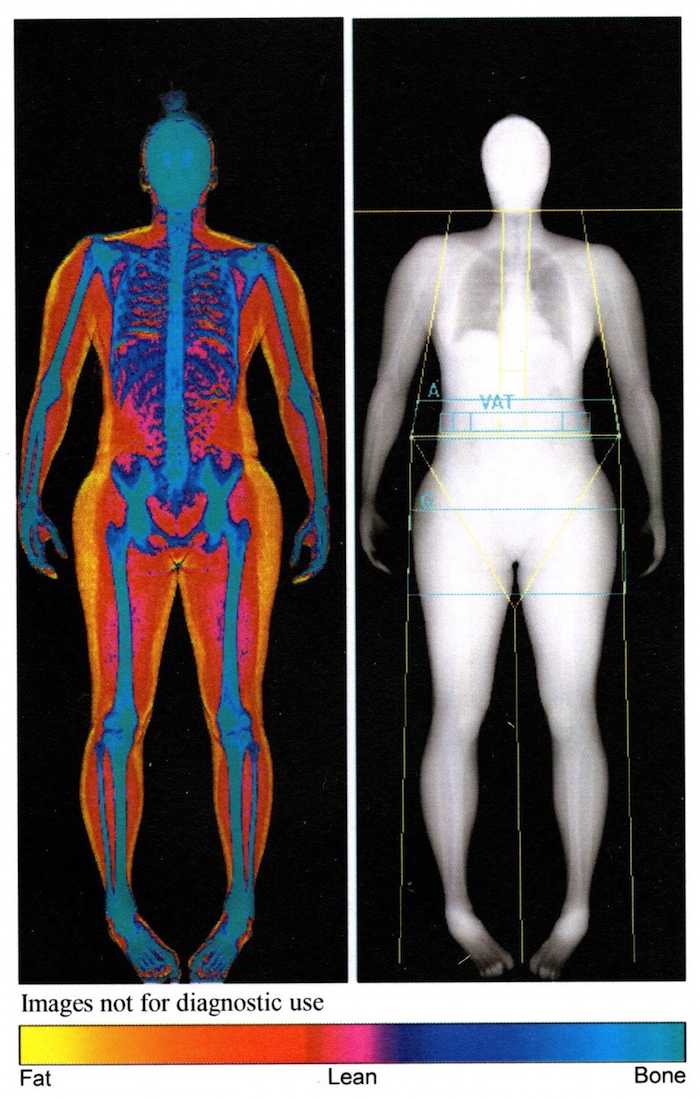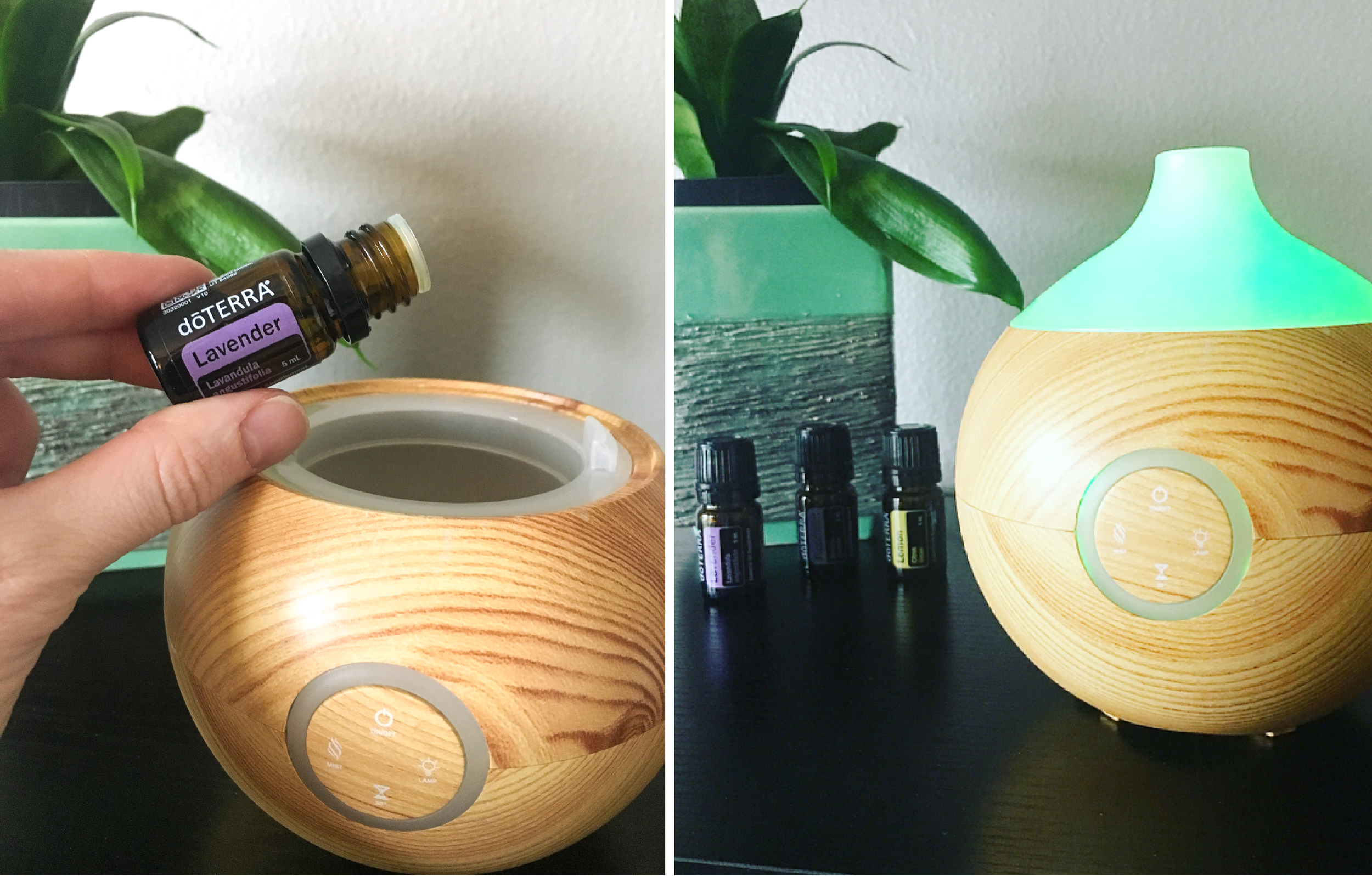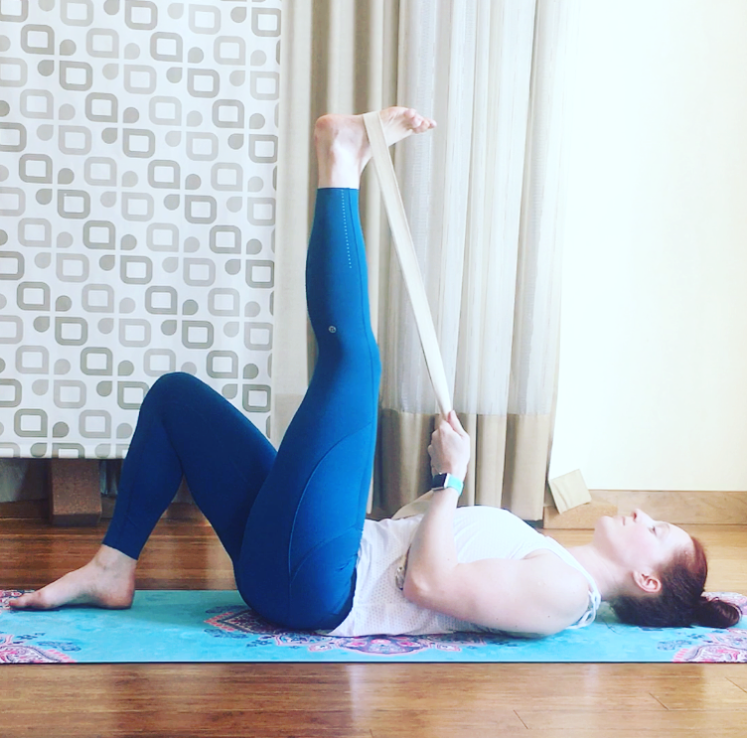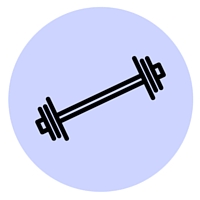Total Body Pyramid Bench Workout
/Disclosure: While I was compensated to write this post and I received this bench in exchange for my review, all opinions, images, and workouts are my own. Gotta have the disclaimer here, but I only promote the products I love. Thank you for supporting the brands that support this blog!
Hi friends! It’s been a good long while since I’ve posted a workout here on the blog. I’m in the home stretch of finishing my Master’s degree (MPH) and have started a new job in which I’ll transition to full time in August when I graduate (!). That plus teaching classes has kept me QUITE busy! But today, I’m pumped to bring you a new workout with a new piece of equipment: the RitFit foldable adjustable workout bench. The bench is awesome and easily adjustable, like most workout benches you see at the gym or club (you just pull the pin out and lock it in place in a matter of seconds). But I think the thing that sets this one apart from the others is its ability to fold up and be stored. It’ll fit under your bed, in a closet, in your trunk even. So, it’s a great piece of home gym equipment, especially for small spaces!
But let’s get to the workout! This one follows a pyramid structure starting with 10 reps of every exercise going down to 1. I like the pyramid format for a quick and effective sweat sesh, and you can make it more of a HIIT workout with minimal rest periods. Ready to give it a try??
Total Body Pyramid Bench Workout
What You’ll Need: The RitFit adjustable bench (or another sturdy workout bench that can adjust), and a medium dumbbell or kettlebell (optional).
What You’ll Do: Aways warm up before beginning any workout. After your warm up, start with 10 reps of every exercise. After 10, move down to 9 reps. Keep going down to 1 rep each. Aim for minimal rest. (View a video of the exercises on RitFit’s Instagram.) Fun challenge: time yourself and see how long it takes you to complete the pyramid. Try again in a week or two and see if you can beat your time!
- Start with the bench seat and back flat -
Declined Pike Push Ups - start with your feet on top of the bench and hands on the ground in a pike position. Keep a neutral spine, look back at the bench, and lower yourself down, bringing the crown of your head toward the floor. Push back up through your shoulders. Trainer Tip: you should feel this one more in the tops of your shoulders rather than your chest.
Bench Hop Overs - place your hands on the seat of the bench with your body off to one side. From here, hop over the bench back and forth, bringing your heels up to your glutes.
Side Plank Adductor Lifts (each side) - get into a side plank position on your forearm. Place the inside of your top foot on the bench, other leg resting on the ground. From here, engage your abs and press through your top foot engaging your inner thigh as you lift your bottom leg to meet the bench. Do # of reps on each side.
- Adjust the back of the bench to an upright position, 2 clicks up from neutral -
Reverse Hyperextensions - trust me, this bench is sturdy and stable enough to support you here! Place your hips over the top of the bench back (shown), hold onto the seat, and lower your legs down. From here, lift your legs and drive your heels upward, squeezing your glutes and hamstrings.
- Adjust the bench back down to neutral -
Feet-Elevated Burpees - these are tough, but SO fun! I find it easier to start with your feet on the bench in a plank. Then jump your feet off to meet your hands, and jump up, exploding through the legs. Just like a burpee, place your hands back down and jump your feet back on top of the bench.
- Lower the bench back to a decline position (all the way down) and raise the seat up all the way -
Declined Sit Ups - weight is optional here. I’m using a 10lb kettlebell, but feel free to add more weight, use a dumbbell, or just your body weight. If using a weight, keep it by your chest. Lie down on the bench and hook your feet under the foot hold. Engage your abs and lift your back off the bench to a seated position, and then lower back down.
Whew! How’d it go? I hope your whole body is thanking you! Now fold up and store that bench away, but not too far - I challenge you to try this workout again and see if you can get it done in a shorter amount of time!
Readers chat with me! Do you use a bench in your workouts? What are your favorite bench exercises? Have you ever done a pyramid workout before? If so, how do you like them? If not, do you think you’ll try this one out?







































































